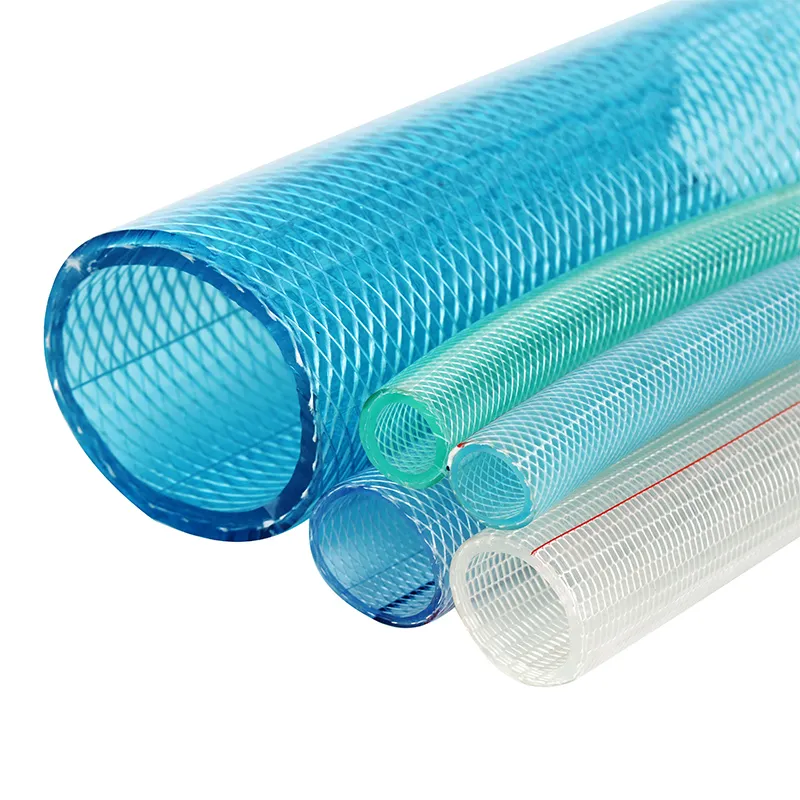Choosing the Right LPG Cooker Hose for Safe and Efficient Cooking
Understanding LPG Cooker Hoses Safety, Types, and Installation
When it comes to cooking appliances, LPG (Liquefied Petroleum Gas) is a popular choice around the world. Its efficiency and convenience make it a favored option for both home and commercial kitchens. However, to ensure safe and effective use of LPG cookers, choosing the right cooker hose is essential. This article will discuss the importance of LPG cooker hoses, the different types available, and some tips for installation.
Importance of LPG Cooker Hoses
LPG cooker hoses are critical components that connect your gas supply to the cooking appliance. They are responsible for transporting the gas safely, ensuring that the flow remains uninterrupted during cooking. The correct selection of hose is vital for safety, as leaks can lead to dangerous situations, including fire hazards or explosions. Therefore, it is crucial to choose hoses that meet international safety standards and are suitable for the pressure and type of LPG used.
Types of LPG Cooker Hoses
LPG cooker hoses come in various materials and specifications, with the most common types being rubber, stainless steel, and thermoplastic.
1. Rubber Hoses These are the most widely used due to their flexibility and affordability. However, they can degrade over time, especially when exposed to sunlight or extreme temperatures, which may lead to cracks and leaks.
2. Stainless Steel Hoses Known for their durability and resistance to weathering, stainless steel hoses are an excellent option for outdoor cooking setups. They are less likely to rupture than rubber hoses and can operate under higher pressures, although they tend to be more expensive.
lpg cooker hose

3. Thermoplastic Hoses These are made from a blend of polymers and are designed to be lightweight and resistant to abrasion. They offer flexibility and are less prone to kinking, making them easy to maneuver.
Installation Tips
When installing an LPG cooker hose, it is important to follow proper procedures to ensure safety
- Check Compatibility Ensure that the hose fits your cooker and the gas supply source. Using the wrong size can result in leaks.
- Use Quality Connectors Always use high-quality connectors that are specifically designed for LPG applications. This reduces the risk of leaks significantly.
- Inspect Regularly Regularly check your hose for any signs of wear, such as cracks or bulges. Replace it immediately if any damage is noted.
- Secure Connections Make sure that all connections are tight and secure. Use a soapy water solution to check for leaks; bubbles will form if gas is escaping.
In conclusion, while LPG cookers offer many advantages for cooking, ensuring the integrity and safety of the cooker hose is paramount. By selecting the right type of hose and following installation and maintenance practices, you can enjoy the benefits of LPG cooking while prioritizing safety in your kitchen.
-
Top Quality Oxy Acetylene Hoses for Sale Fit for Welding DemandsNewsJul.28,2025
-
The Future of Pneumatic Air Tubes in IndustryNewsJul.28,2025
-
Superior and Reliable LPG Hose Pipe Solutions for Every NeedNewsJul.28,2025
-
Exceptionally Durable and Versatile Premium Braided PVC TubingNewsJul.28,2025
-
Best Adapters for Connecting Garden Hose to PVC Pipe ConnectionsNewsJul.28,2025
-
The Essential Role of LPG Hoses in Safe and Efficient Gas DistributionNewsJul.16,2025














